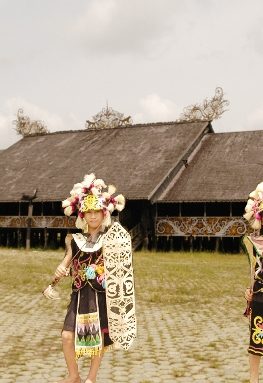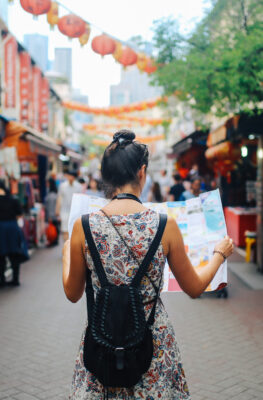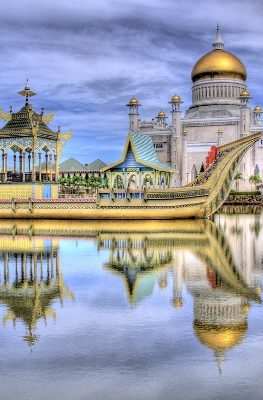Published on November 29, 2017

Cap Go Meh parade, Singkawang. Benny Wijaya / Creative Commons.
The large ethnic-Chinese community in the city of Singkawang in West Kalimantan Province makes this settlement unique in Indonesia. As generations passed, their harmonious coexistence with the Malay and Dayak communities in the city have created a culture that embraces Lunar New Year traditions… and created some of their own.
The festival known as Cap Go Meh is Indonesia’s foremost Lunar New Year celebration. The name literally translates to “ten-five-night”, referring to the festival taking place on the fifteenth day of the Lunar New Year.
The Kridasana Stadium in Singkawang serves as the focus of the city’s Cap Go Meh celebrations, with lion and dragon dances entertaining the crowds who attend. The cultural performance known as Tatung is perhaps the festival’s main highlight.
Intended to ward off misfortune for the coming year, Tatung involves participants going into a trance and performing acts of self-harm like stepping on swords and sticking metal pins into cheeks. Uncannily, the performers bear no scars or wounds after the performance!

Cap Go Meh parade, Singkawang. baka neko baka / Creative Commons

Tatung participant, Cap Go Meh. Dolf van der Haven / Creative Commons
You Might Also Like…
For other traditional New Year celebrations, visit the Naga New Year Festival and Kachin Manaw festivals in Myanmar; Singapore’s Deepavali festivities; the Buddhist New Year festivities in Cambodia, Myanmar, Laos and Thailand; and the Chinese New Year festivities in Singapore and Vietnam (Tet). For other festivals in the month of January, check out Cambodia’s Paddy Art Festival and the Philippines’ Sinulog Festival.






